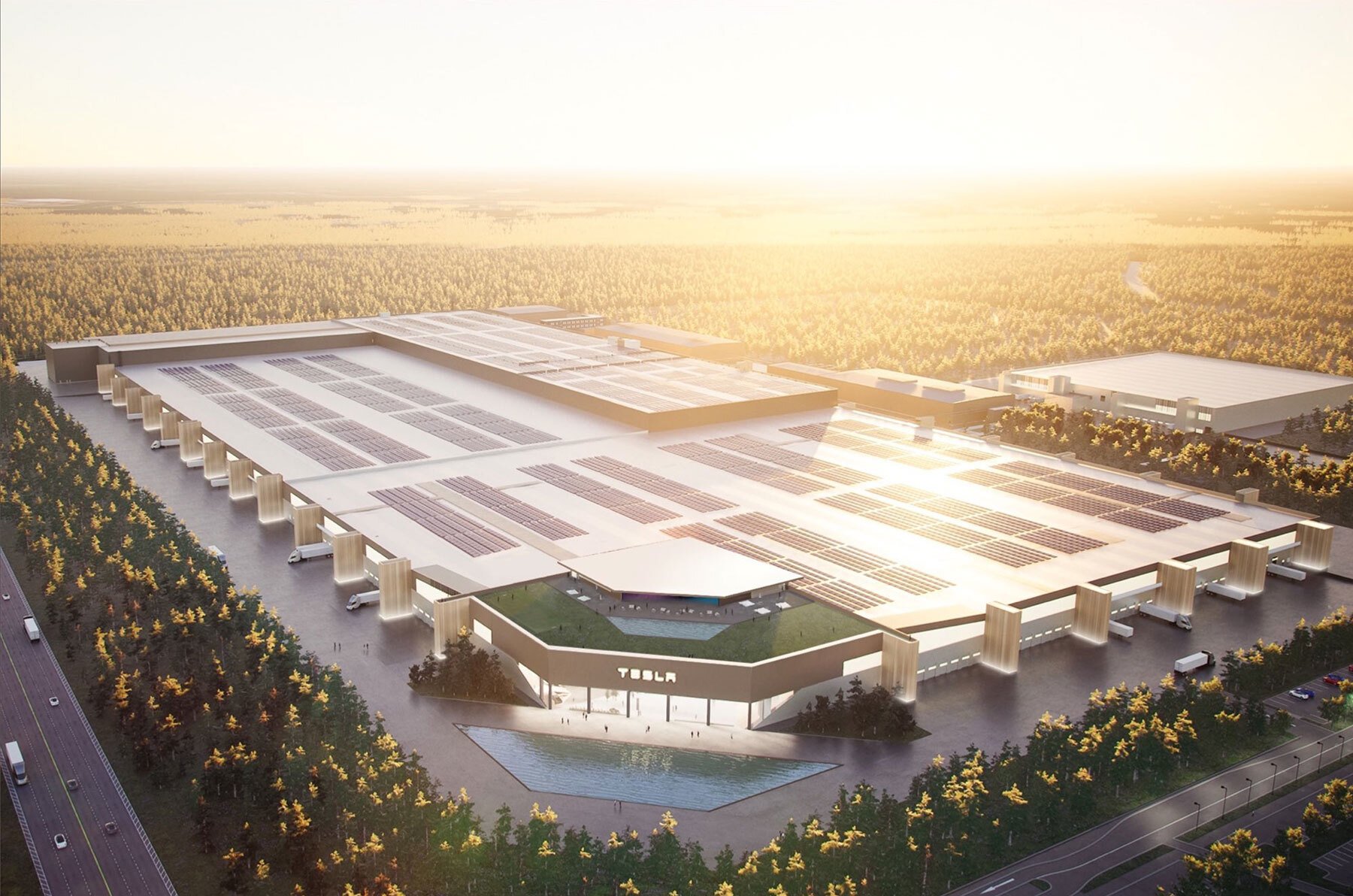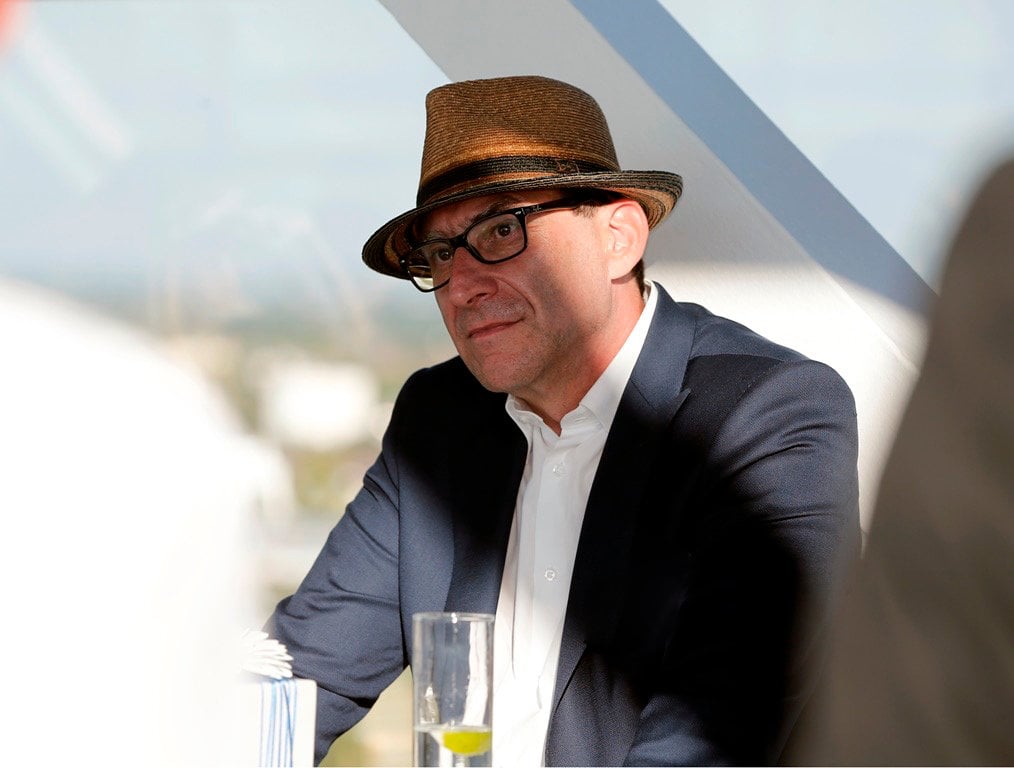
The German Minister of Economics, Robert Habeck, recently used a term that made people sit up and take notice: “At Tesla speed.”
This was not referring to a Tesla Model S Plaid that can accelerate from 0 to 100 km/h in around 2 seconds and reach a top speed of over 300 km/h. It was a reference to the opening of the first European Tesla factory in Brandenburg – the one with the sensible name “Giga Berlin.”
Built “relatively” fast
Elon Musk is a driven man, or as we say in Germany, “he’s got bees in his butt.” This refers to dynamic people who take on many tasks at the same time and move things forward. Laziness is not even in the vocabulary of these can-do types.
It took two and a half years from planning to the first “German Delivery Day” on March 22, 2022, when the first 30 Tesla Model Y cars were ceremoniously handed over by the great master himself. All kinds of celebrities were present and despite the Ukraine crisis and what was undoubtedly a full schedule, not even Chancellor Scholz missed the opportunity to personally address the audience on opening day.
For once, the Germans were really proud
You could really tell that the German officials were at peace and incredibly proud that it had been possible to complete this industrial factory in “only” two and a half years. Of course, this went completely against the grain of some bureaucrats and the Musk Company built at its own risk. The Damocles sword of demolition and the threat of “renaturalization” loomed over the site right up until final approval was granted a few weeks ago.
Environmentalists and residents vehemently fought the Tesla site. They were worried about the “forest,” which was nothing more than a common commercial forest, they demanded the relocation of all kinds of animals such as ants and lizards, and “activists” chained themselves to scrawny commercial trees to prevent them from being felled. All to no avail. The official authorities did not want to endanger Musk’s factory and turned a blind eye here and there.

NIMBY boom
NIMBYs (not in my backyard) were booming. The “residents” of the sparsely industrialized region tried their best to prevent the factory from being built. Yes, they were even worried about future traffic conditions. The creation of thousands of new jobs, some of them highly qualified, and the economic boost to the region were not accepted as valid arguments.
Ultimately, they said, the Americans would give preference to Polish guest workers because they were cheaper. And then there was the water shortage. Until the very end, environmental activists fought with their most potent ammunition: the water supply, said to be endangered by the factory.
And then there was the German government’s subsidy policy, which would supply billions in easy money to the American company. If it had been a German OEM being built here, it is likely that nobody would have objected.
Electromobility
In addition, electromobility is of course not yet welcomed everywhere. Many still consider it a temporary “hype” imposed by “green activists.” The future, many Germans are convinced, lies in hydrogen, e-fuels or other drive concepts still to be invented.
Sometimes you would almost expect the opponents to show up with pitchforks to prevent the factory at the last minute, just like in the Middle Ages or Hollywood horror movies.
It was all for nothing
In contrast to the average Joe German, Musk does not fear the future, which came with “Tesla speed.”
It’s actually the bureaucrats, obstructionists and perpetual worriers who should be afraid of this precedent. They are expected to make similarly “fast” decisions in the future. This is probably also the reason why Robert Habeck is so enthusiastic about this new speed. After all, the ecological energy turnaround that Germany wants to implement in the future will require a (much) higher speed than before.
But whether “Tesla speed” will suffice here is open to doubt. For Musk, it was apparently fast enough. His most important tweet in German was, “Danke, Deutschland!”
About this column:
In a weekly column written alternately by Eveline van Zeeland, Eugène Franken, PG Kroeger, Katleen Gabriels, Carina Weijma, Bernd Maier-Leppla, Willemijn Brouwer and Colinda de Beer, Innovation Origins tries to figure out what the future will look like. These columnists, sometimes joined by guest bloggers, all work in their own way to find solutions to the problems of our time. Here are some of the previous installments.
Also interesting:
Electrolyzer at Dutch Eelde Airport will produce green hydrogen for large-scale use

